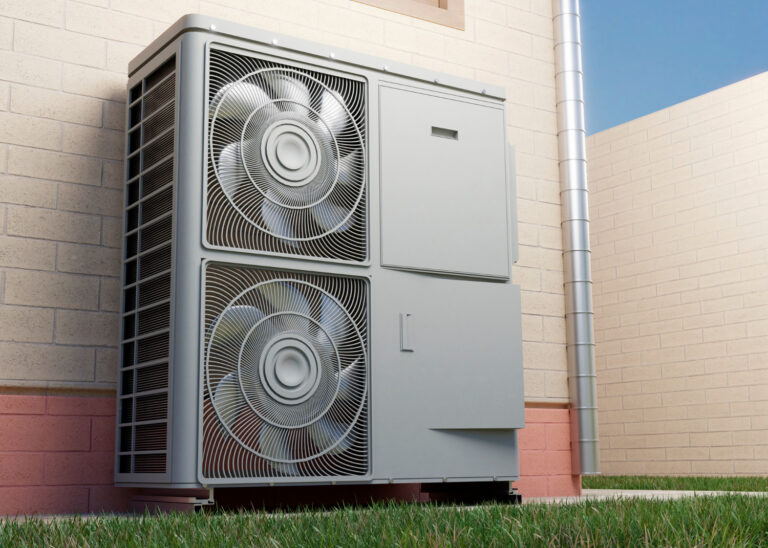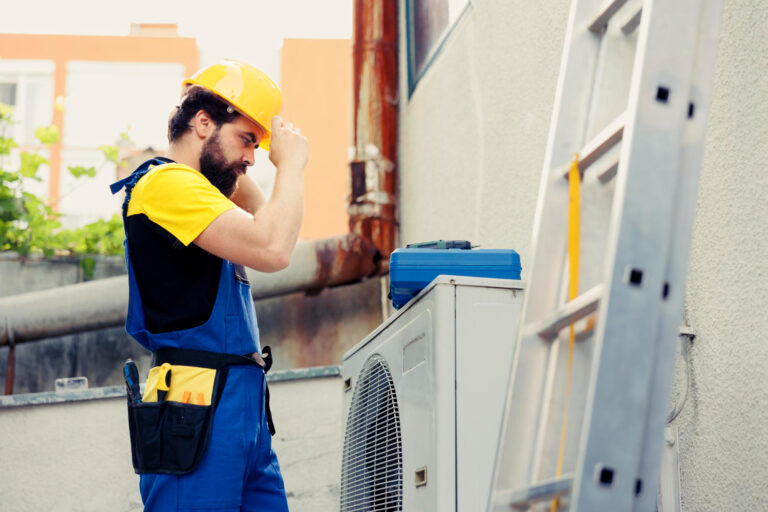Troubleshooting Heating Issues In Multi-family Buildings
Common Heating Problems In Multi-Family Buildings
Multi-family buildings often experience several common heating problems due to their complex infrastructure and varying demands. Understanding these issues is the first step in ensuring a comfortable living environment for all residents.
One prevalent problem is uneven heating across different units. This can occur when the heating system fails to distribute heat evenly, resulting in some apartments being too warm while others remain uncomfortably cold. Uneven heating can stem from issues such as poorly designed ductwork, imbalanced radiators, or blockages that disrupt airflow.
Another frequent issue is noisy heating systems. Strange sounds, such as banging, clanging, or whistling, can indicate underlying problems within the system. These noises might be caused by issues like air trapped in the pipes, worn-out components, or loose parts. Ignoring these sounds can lead to more significant problems over time.
Multi-family buildings may also face high energy bills due to inefficient heating systems. An outdated or poorly maintained system can consume more energy to provide the same level of comfort. Factors contributing to inefficiency include dirty filters, faulty thermostats, and leaks in the ductwork. Addressing these problems promptly can reduce energy consumption and lower utility costs.
Frequent system breakdowns are another major concern in multi-family buildings. These can be due to a lack of regular maintenance, overuse, or aging equipment. System failures can cause significant inconvenience to residents and require immediate attention to restore proper heating.
Early Signs Of Heating System Issues
Catching heating system problems early can prevent larger, more costly issues down the line. Knowing the warning signs helps in taking prompt action and ensuring efficient system performance.
One early sign of trouble is inconsistent temperature control. If residents frequently adjust their thermostats without achieving the desired temperature, it may indicate an underlying problem. This could be due to a malfunctioning thermostat, clogged filters, or issues with the heating distribution system.
Unusual noises coming from the heating unit are another indicator of potential issues. Sounds like rattling, banging, or screeching suggest that there may be loose or damaged components within the system. Addressing these noises early can prevent further damage and more extensive repairs.
Rising energy bills without a corresponding increase in usage can also signal problems with the heating system. Inefficiencies in the system, such as dirty filters, duct leaks, or an aging furnace, can cause the system to work harder and consume more energy. Monitoring energy bills can help identify these inefficiencies early on.
Unexpected system shutdowns or frequent cycling on and off are significant warning signs. These issues might be due to problems like overheating, electrical faults, or sensor malfunctions. Promptly addressing these shutdowns ensures that the heating system operates smoothly and reliably.
Poor indoor air quality can also indicate heating system issues. If residents experience excessive dust, dry air, or humidity problems, the heating system may not be functioning optimally. Regular maintenance and inspections can help identify and fix these air quality issues.
Recognizing these early signs allows for timely heating repair or replacement, ensuring that residents remain comfortable and the system remains efficient.
How Our Professionals Diagnose Heating Problems
Accurate diagnosis is crucial in resolving heating issues in multi-family buildings. Our professionals follow a systematic approach to ensure they identify the root cause of any heating problems effectively and efficiently.
First, we conduct an initial assessment of the heating system. This involves checking the thermostat settings, inspecting the furnace or boiler, and examining the ductwork. By evaluating these components, our technicians can determine if there are any obvious issues that need immediate attention.
Next, we test the system’s performance. Our technicians will turn on the heating system and monitor its operation. This step includes checking for consistent airflow, listening for unusual noises, and ensuring the system cycles on and off correctly. These performance tests help pinpoint problems such as blockages, motor issues, or electrical faults.
Additionally, our professionals use specialized tools to diagnose hidden problems. Infrared cameras, for example, can detect temperature discrepancies within the system, revealing areas where heat may be escaping or where components are overheating. Other diagnostic tools may include gas detectors for identifying leaks or airflow meters to assess ventilation efficiency.
Finally, our technicians will review the system’s maintenance history. Understanding past issues and repairs can provide insights into recurring problems and potential areas of concern. Combining this history with current diagnostic findings ensures a comprehensive understanding of the system’s condition.
Importance Of Timely Heating Repairs And Replacements
Timely heating repairs and replacements are essential for maintaining comfort and efficiency in multi-family buildings. Addressing heating issues promptly can prevent more serious and costly problems down the road.
One key benefit of timely repairs is improved system efficiency. Fixing small issues such as clogged filters, faulty thermostats, or minor leaks can help the heating system operate more effectively. A well-maintained system uses less energy to heat the building, resulting in lower utility bills and reduced wear and tear on the components.
Another important aspect is ensuring consistent comfort for all residents. Delaying repairs can lead to issues like uneven heating, frequent system breakdowns, or even complete failure during critical times. Addressing problems as soon as they arise ensures that all units receive adequate heating, keeping tenants satisfied and comfortable.
Timely heating replacement is also crucial when the system reaches the end of its lifespan. An outdated or failing heating system often requires frequent, costly repairs and consumes more energy. Replacing the old system with a new, efficient model can provide better performance, reduce energy costs, and ensure reliable heating for years to come.
Regular maintenance and timely interventions also prolong the life of the heating system. By addressing small issues before they escalate, our professionals help extend the system’s lifespan, ensuring maximum return on your investment.







